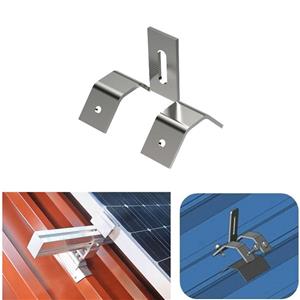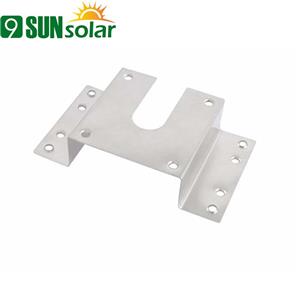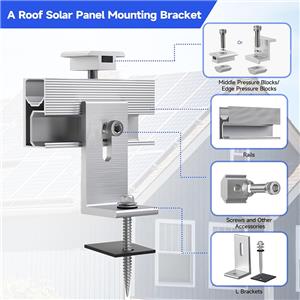The Impact of Heavy Snow on Solar Mounting Systems
Heavy snow can affect solar mounting systems in several ways. Below are some key factors that may influence system performance:
Light Obstruction: Heavy snow can accumulate on solar panels, blocking sunlight and reducing solar radiation absorption. This lowers the efficiency of the panels and decreases energy output. The longer the panels remain covered by snow, the greater the reduction in power generation.
Increased Load: The weight of heavy snow can add extra strain to the mounting system. If the structure isn't designed to handle this additional pressure, it could result in damage or even collapse of the support system.
Water Accumulation: Snow piling up around the mounting system can affect its stability. As snow melts, it can lead to water pooling. Poorly designed systems may allow water to enter, which can damage the solar panels or supporting components.
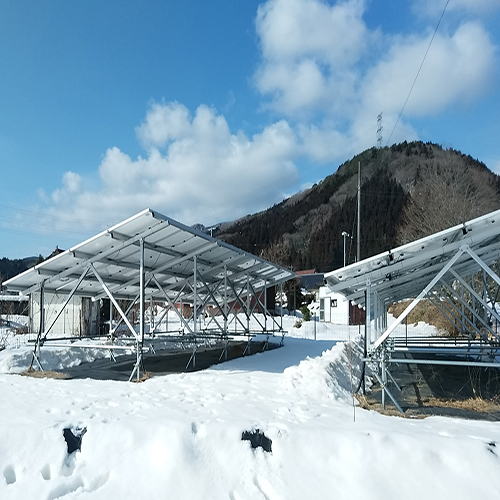
Measures to Mitigate the Impact of Heavy Snow:
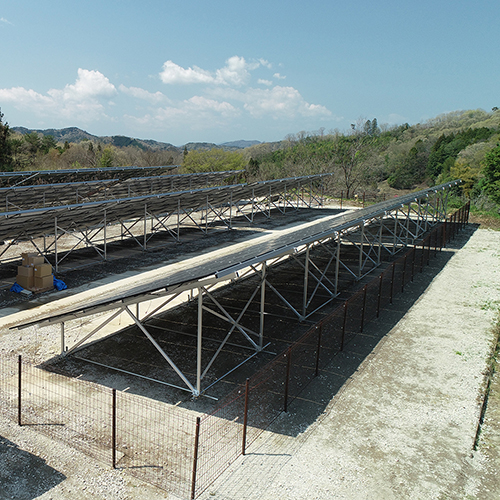
1.Regular Snow Removal: After a snowstorm, clear the snow off the solar panels promptly to ensure they receive adequate sunlight and maintain efficient energy production.
2.Reinforce the Mounting System: Ensure that the mounting system is robust enough to bear the load of heavy snow. A well-designed support system reduces the risk of damage or collapse during snowy conditions.
3.Snow Protection Measures: Some systems incorporate protective measures, like heated elements or steep installation angles, to minimize snow accumulation.
4.Consider Local Climate: When selecting a solar system, take into account regional climate patterns, including snowfall frequency and intensity, to better prepare for snow-related issues.
While heavy snow can pose challenges for solar mounting systems, these problems are manageable. Consulting with a professional installer or supplier ensures that the system is tailored to specific environmental conditions and designed to handle potential snow loads effectively.
- Industry News
- Company News
- blog

